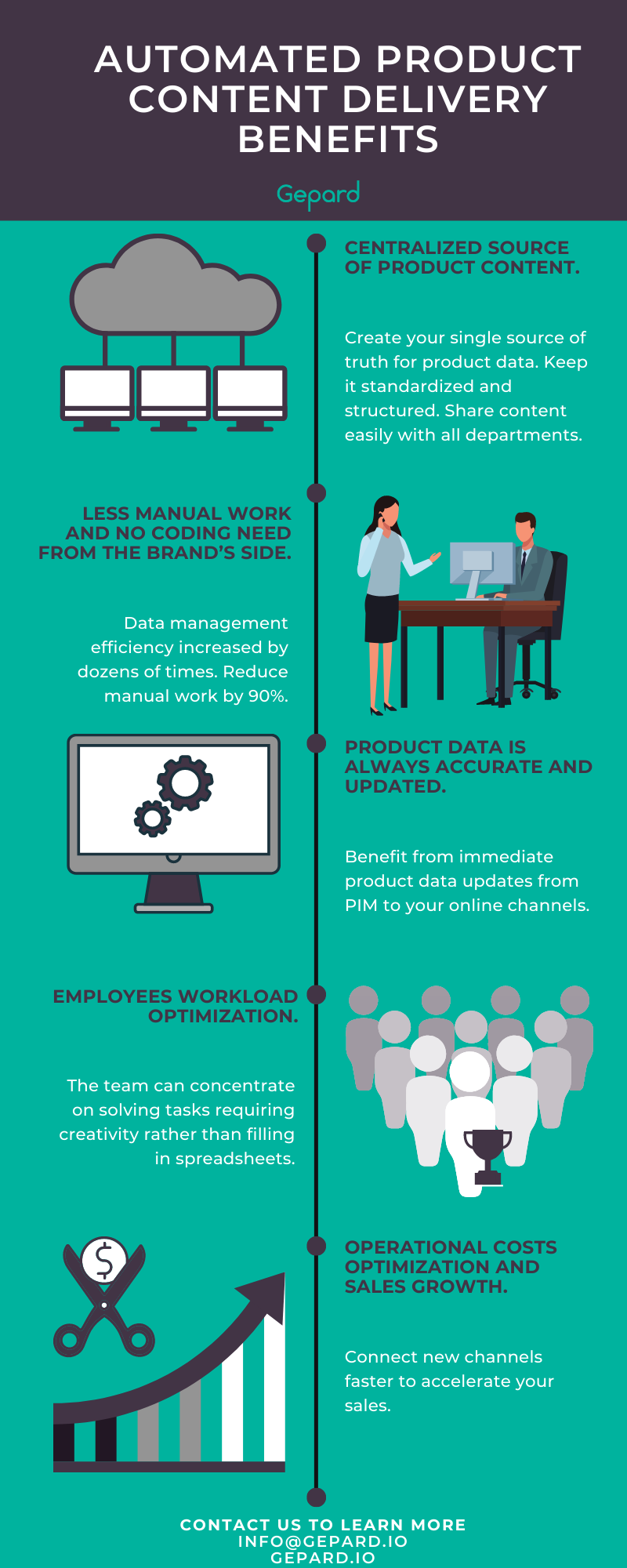How To Deliver Product Content In Fashion eCommerce
Uncertainty. It’s the best word to describe the fashion industry brands’ state of mind in a post-COVID period. According to McKinsey’s research, 80% of companies in the Fashion sector are said to be in a state of crisis after more than two months of store closures.
Inditex (one of the world’s largest clothing retailers, which owns Zara) sales fell 44% to 3.3 billion euros between February 1st and April 30th (source The Guardian). On June 10, 2020, Zara announced the closure of no less than 1,200 stores worldwide.
eCommerce mode has de facto become a lifeline. Now, as we move towards an increasingly digital landscape of commerce, each Fashion brand must learn the optimal ways to manage and distribute product information (to retailers, markets, and within organizational departments, also). It is crucial, given that every online Fashion brand handles numerous amounts of product content and many attributes and characteristics within each product category. How can some Fashion companies be agile and innovative, while others are not?
The Challenges Of Selling Online
The Fashion sector is a highly competitive space. Brands usually have vast amounts of product data that needs to be managed effectively. A Fashion database includes thousands of SKUs and a lot of product information with different attributes with a multitude of colors, sizes, product images, materials, etc.
Organizing effective communication of this type of content for Fashion brands within an organization is a real challenge.
Here are the main pain issues brands may encounter:
- Enormous amounts of product data, which is hard to manage.
- Various retail channels with different product information requirements.
- Manual product content management in the spreadsheets.
- A time-consuming content delivery process.
- Loss of profits due to constant delays in product launches.
Why should Fashion Brands Automate Product Content delivery?
Knowing that each eRetailer has its own set of rules and data formats, how do fashion brands push product information and updates without taking months?
To drive sales and streamline data transmission into eCommerce channels, consider Product Information Management (PIM) and Data Syndicator platform integration.
PIM solutions store all the required information on the product, including description, configuration, taxation, composition, technical information, hardware version, and rich media files.
Data Syndicator is an end-to-end content distribution service meaning that all product information will be set up and run automatically on behalf of the merchant.
 PIM & Data Syndicator gains:
PIM & Data Syndicator gains:
- Centralized source of product content.
- Integrated product information management & delivery software.
- Less manual work and no coding are needed from the brand’s side.
- Product data is always accurate and up-to-date.
- The team can concentrate on solving tasks requiring creativity, as opposed to filling in spreadsheets.
- Operational costs optimization and sales growth.
Gepard Brings The End-to-End Solution
Gepard is a team of 150 highly experienced developers and marketers providing services to the major e-commerce players in the EMEA market for over 15 years. Each month 120+ million products are pushed automatically to various retail channels thanks to the Gepard product content syndication service.
If you want to know why companies like Amazon, GS1, HP, Dell, Rakuten, Elkjop, Lazada have chosen to work with Gepard, click on the picture below to speak with our prominent eCommerce experts!


